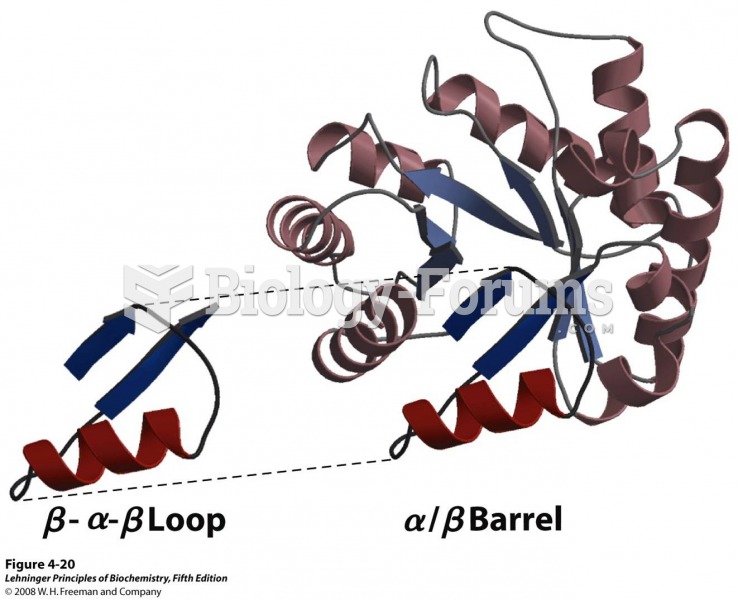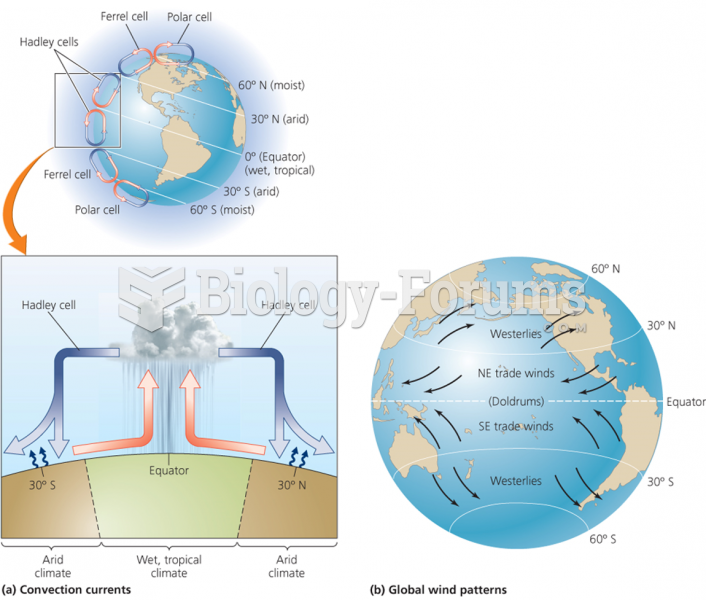|
|
|
Bacteria have been found alive in a lake buried one half mile under ice in Antarctica.
In the United States, there is a birth every 8 seconds, according to the U.S. Census Bureau's Population Clock.
When blood is deoxygenated and flowing back to the heart through the veins, it is dark reddish-blue in color. Blood in the arteries that is oxygenated and flowing out to the body is bright red. Whereas arterial blood comes out in spurts, venous blood flows.
Amphetamine poisoning can cause intravascular coagulation, circulatory collapse, rhabdomyolysis, ischemic colitis, acute psychosis, hyperthermia, respiratory distress syndrome, and pericarditis.
Human stomach acid is strong enough to dissolve small pieces of metal such as razor blades or staples.







